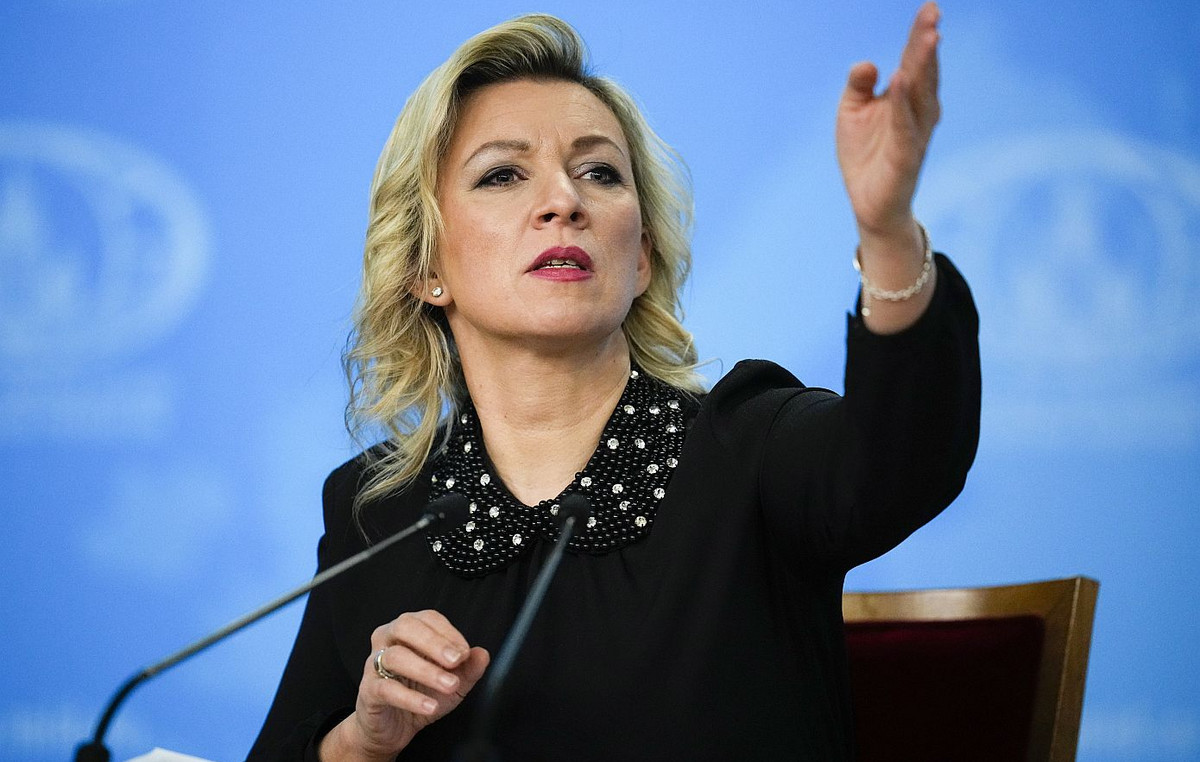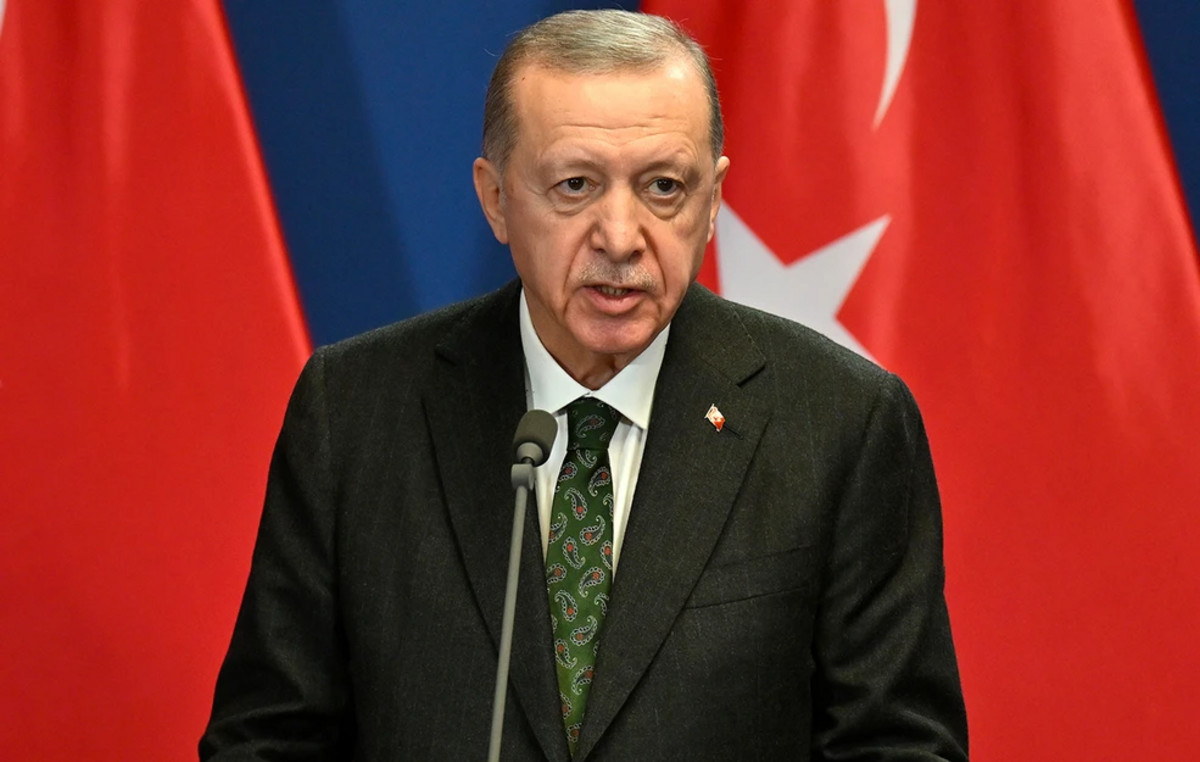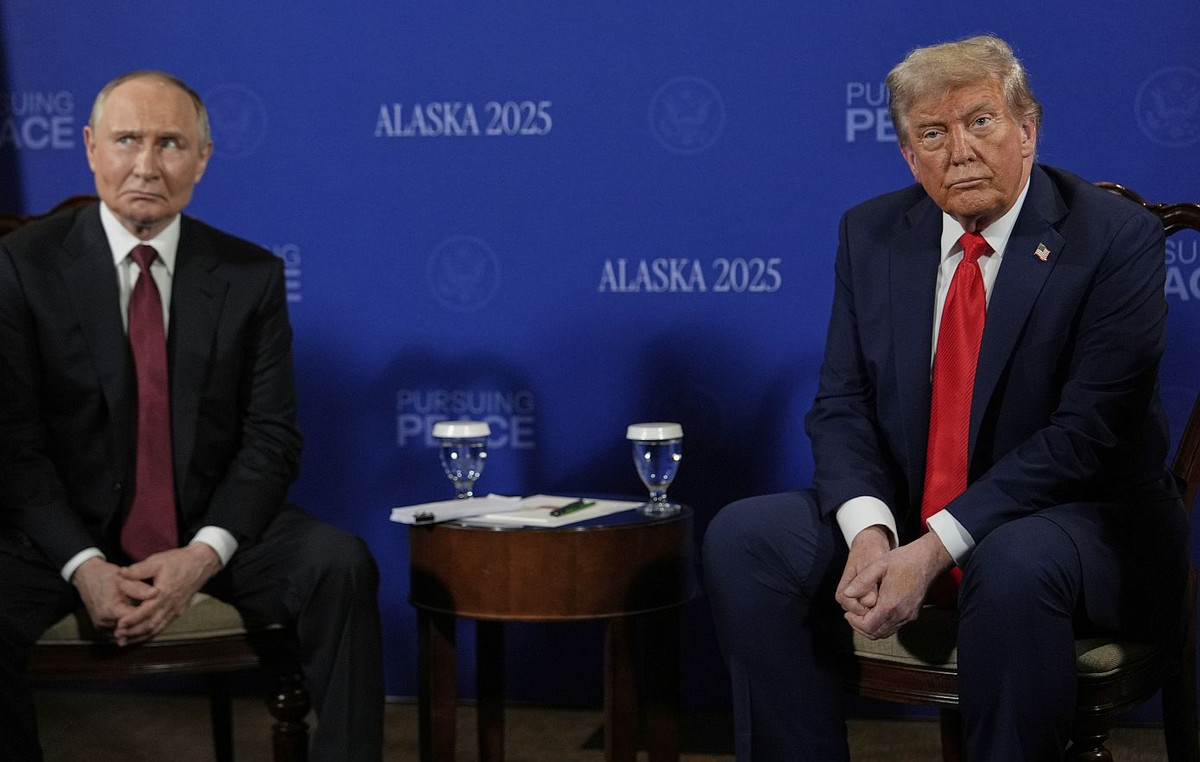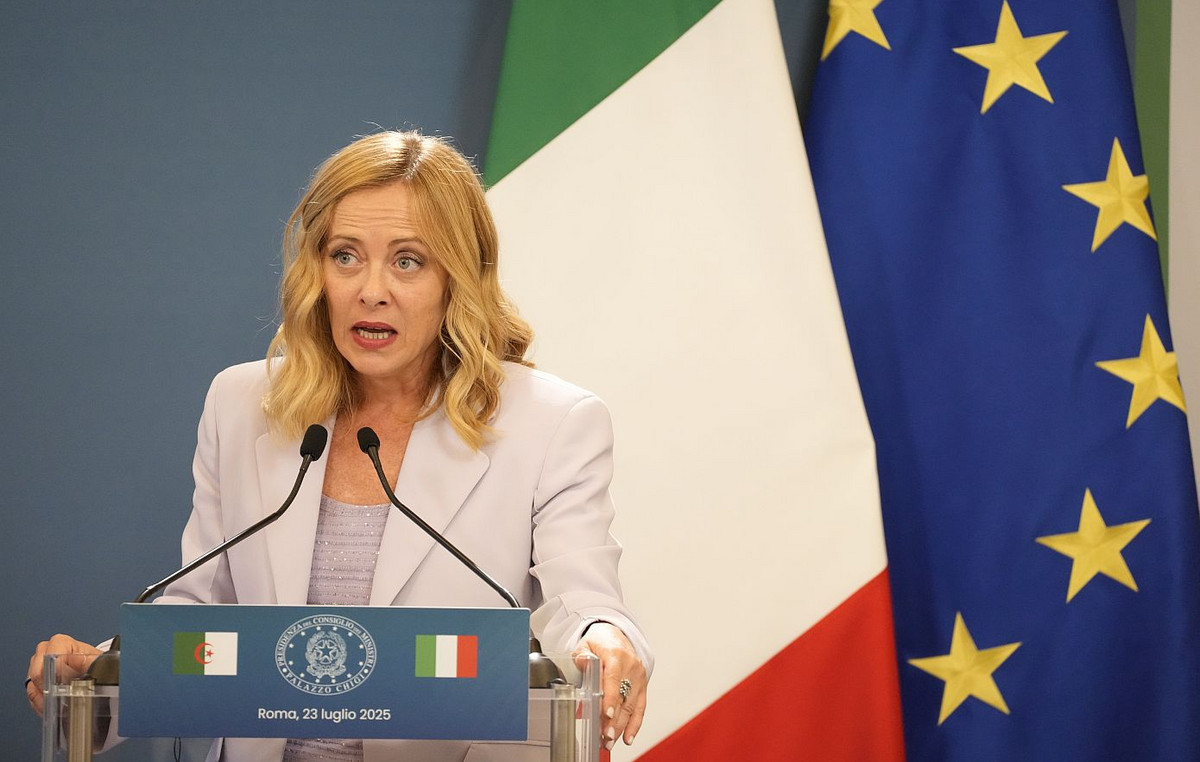By Enrique Diaz – Alvarez, Chief Risk Officer of the international payments company
Ebury
Estimates of US interest rates rebounded after falling following a positive inflation report last week.
Federal Reserve officials have talked up the prospect of another big rate hike in September, and markets are now evenly split between a 50-basis-point hike and a repeat of the 75-basis-point increase seen in the previous session.
Risk assets lost some of their recent gains and, understandably, the dollar rallied strongly against all major currencies globally.
Against this backdrop, the Chinese yuan held up relatively well despite recent weakness in the Chinese economy, gaining against every G10 currency except the US dollar.
This week, key PMI indicators of business activity will be released in the US, UK and Eurozone.
Current levels usually hover around the 50 line that separates expansion from contraction, so these indicators take on added importance.
At the end of the week, markets await the headlines and speeches from the annual global meeting of central bankers in Jackson Hole, Wyoming.
In particular, President Powell’s speech on Friday is expected to provide some clarity on the pace of future hikes, while his expectations for how high interest rates will have to go before inflation is brought back under control are of great interest.
Sterling
Bank of England policymakers were dealt a nasty jolt last week as July’s inflation numbers came in as a major upside surprise.
Both headline and core inflation rose to new record highs, with the former now in double digits and expected to peak at 13% in the fall.
Markets were quick to price in further hikes from the Bank of England, but the threat of stagnant inflation meant sterling failed to benefit, falling against both the dollar and the euro.
PMIs in the UK held up better than in the Eurozone, suggesting a more resilient economy than priced in at current levels of the pound.
That, however, will be put to the test this week when early indicators for August are released (on Tuesday).
Euro
Last week in the Eurozone was in the context of a typically sluggish summer.
With little macroeconomic or political news, the euro traded mostly lower as expectations for US interest rates soared and sentiment for the Eurozone economy worsened on rising energy prices.
As elsewhere, the key will be in the early PMIs due out on Tuesday. However, given how far behind the curve the ECB is on inflation, we do not think it can afford to abandon its policy normalization even if a mild recession occurs.
Dollar
Strong secondary data and a determined pushback by US Central Bank officials against any notion of easing the monetary policy path drove US interest rates higher last week, which in turn strengthened the dollar.
This week, as elsewhere, PMI indicators are expected to be published on Tuesday. However, usually in the US these indicators make a smaller plunge than elsewhere.
Markets will look to the Personal Consumer Expenditure Index inflation report later in the week to confirm the good news from that report.
Regardless, the Fed is unlikely to be deterred from further rate hikes, and the main question for Chairman Powell in Jackson Hole will be whether the rate hike in September will be in the range of 50 or 75 basis points .
Source: Capital
I am Sophia william, author of World Stock Market. I have a degree in journalism from the University of Missouri and I have worked as a reporter for several news websites. I have a passion for writing and informing people about the latest news and events happening in the world. I strive to be accurate and unbiased in my reporting, and I hope to provide readers with valuable information that they can use to make informed decisions.







